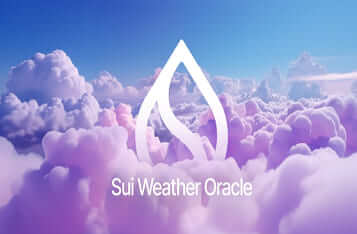Exploring Scalability Challenges and Innovations in Web3 Networks
As the Web3 landscape continues to evolve, scalability emerges as a pivotal factor determining the success of decentralized networks. Scalability refers to a system's capacity to handle increasing loads of work or its potential to expand to accommodate growth. In the context of blockchain and decentralized technologies, scalability is essential for supporting more users, transactions, and applications without compromising speed, security, or efficiency.
What is Scalability?
In traditional business contexts, scalability involves enhancing production or service capabilities to meet rising demands. Similarly, in decentralized networks like those built on blockchain technology, scalability focuses on expanding capabilities while maintaining performance standards. Unlike centralized systems, decentralized networks operate across numerous independent nodes, introducing unique challenges and opportunities for scalability.
Why Scalability is Vital in Web3
In the Web3 era, scalability is not merely an optional feature but a fundamental necessity. As decentralized networks expand, the demand for faster transactions, improved user experiences, and heightened security increases. Blockchains that fail to scale effectively risk becoming slow, expensive, and unreliable, which can deter adoption by users, developers, and businesses.
Early blockchain networks like Bitcoin and Ethereum experienced scalability issues due to the increasing number of transactions requiring verification by multiple nodes. This led to network congestion, delays, and high fees, prompting the development of newer blockchains designed to handle more transactions per second while preserving decentralization and security.
Traditional Growth vs. Decentralized Scaling
In traditional businesses, scaling often involves hiring more staff and improving internal processes. In contrast, decentralized networks achieve rapid scaling by adding more nodes and users. However, this growth presents challenges such as maintaining consensus, preventing congestion, and ensuring security. Decentralized networks can grow exponentially, necessitating solutions for scalability issues sooner than later.
The Future of Scalability in Web3
The blockchain trilemma—balancing decentralization, security, and scalability—poses a significant challenge. Improving one element often impacts the others. However, technological advancements are offering solutions. Layer 2 solutions, sharding, and new consensus algorithms like Proof of Stake (PoS) are designed to enhance scalability without compromising other elements.
GalaChain and Scalability in Web3 Entertainment
GalaChain, a custom-built blockchain by Gala, exemplifies an innovative approach to scalability. Designed for the entertainment industry, GalaChain supports high transaction volumes and complex interactions, particularly in gaming, where demands on blockchain scalability are immense. By prioritizing scalability, GalaChain ensures its network can handle the growing demands of the entertainment industry.
GalaChain's design allows for accommodating future growth, enabling it to handle large-scale operations more efficiently as it expands. This concept of growing capabilities alongside increasing demand underscores the importance of scalability in preparing for exponential growth.
For more information, visit the Gala News.
Why Scalability is Critical for the Future of Blockchain
In the fast-paced Web3 world, falling behind on scalability can be detrimental to blockchain developers. As blockchain adoption spreads across various industries, the volume of transactions and interactions on these networks will soar. Developers must build systems capable of handling this surge in activity to avoid obsolescence or prohibitive costs.
Scalability is the key to unlocking mass adoption in the Web3 era, enabling decentralized applications to compete with traditional technologies. As networks like GalaChain continue to grow, scalability ensures they meet the demands of tomorrow, not just today. Whether managing millions of game transactions or powering the next generation of decentralized finance (DeFi) applications, scalability will determine the future success of Web3 platforms.







